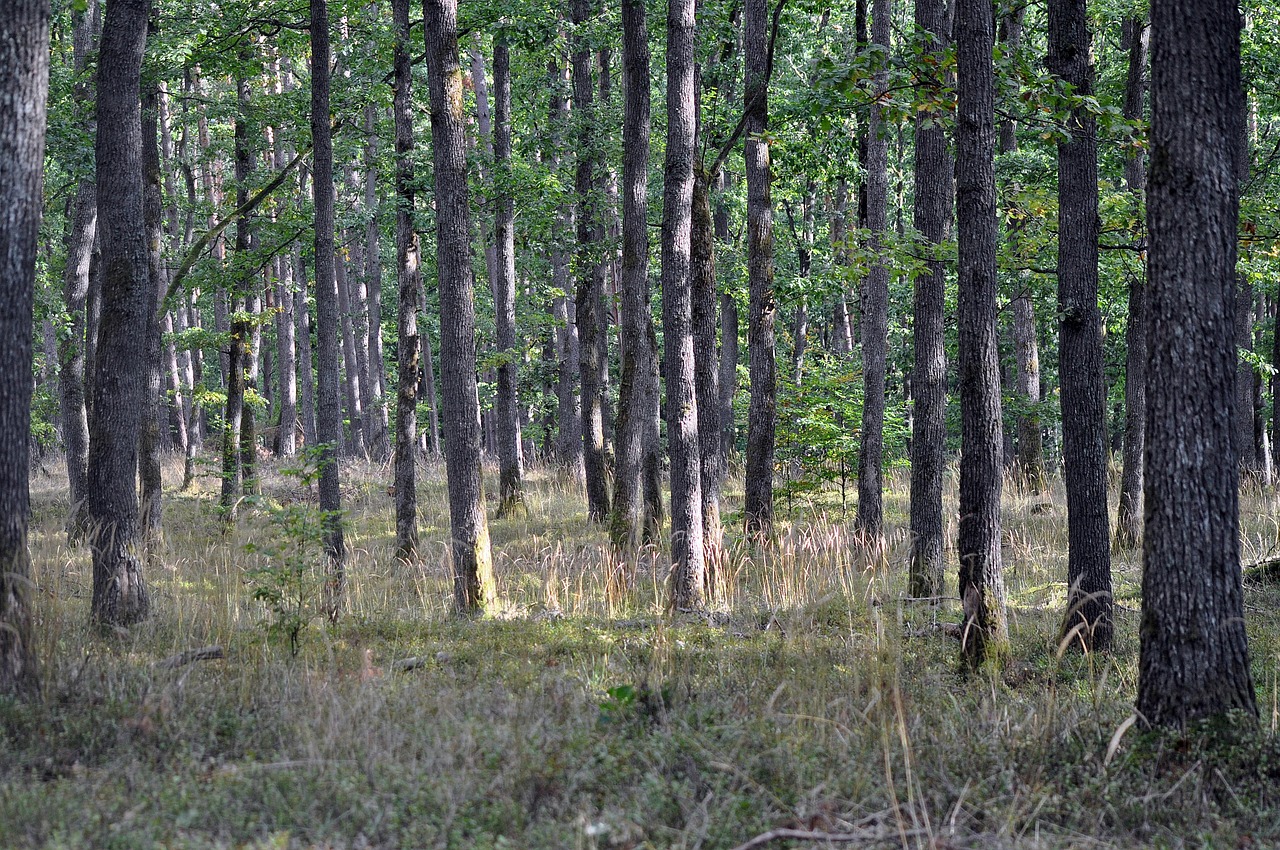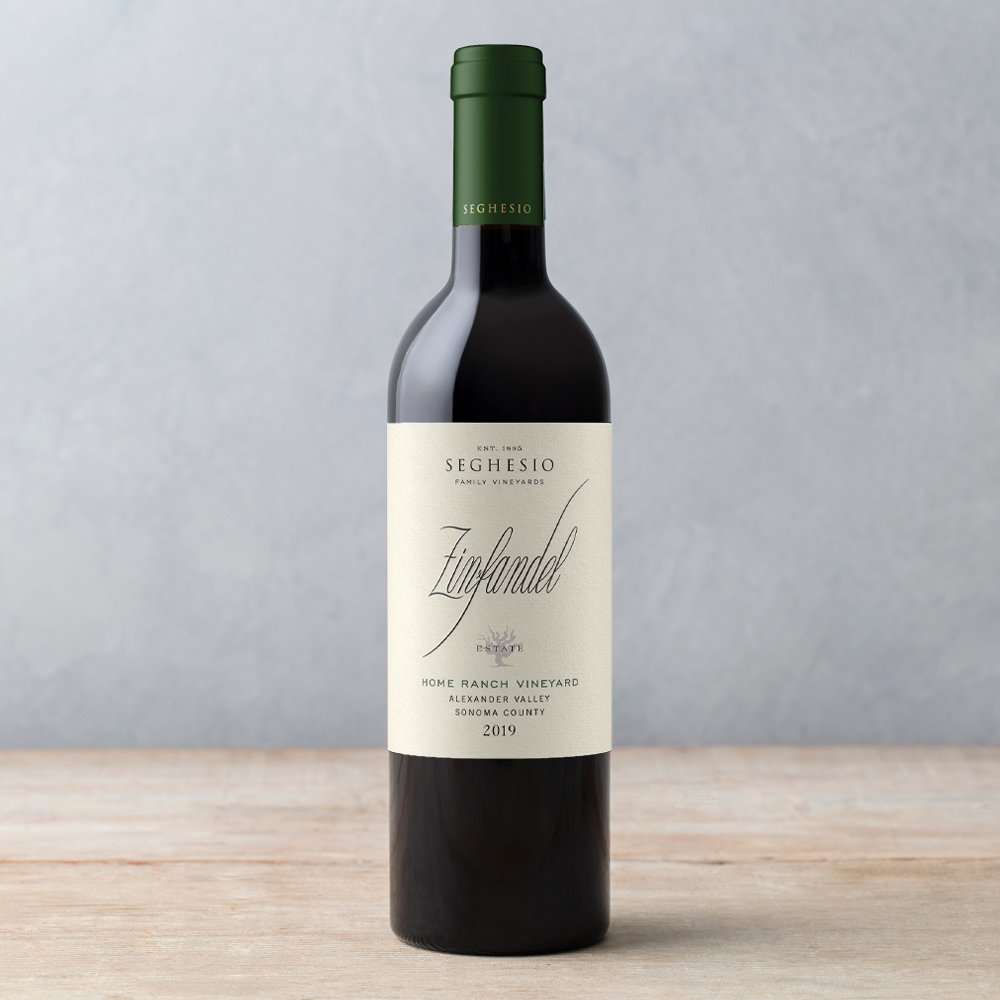
Tempranillo is Spain's most popular red wine grape. Mainly associated with Rioja and Ribera del Duero, Tempranillo has won over thousands of enthusiasts worldwide, making it the fourth most widely planted variety in the world.
Moreover, 87% of the world's Tempranillo is grown in Spain, planted in more than 501,000 acres. The popularity of Tempranillo in Spain has caused some to proclaim Tempranillo as Spain's answer to Cabernet Sauvignon.
Not that Tempranillo tastes anything like Cabernet. Fresh off the vine, Tempranillo has ripe juicy strawberry flavors, while Cabernet Sauvignon leans more to herbaceous.
And, youthful Tempranillo has the up-front tannin you might expect of an early-drinking red wine. But after one taste of a Rioja or Ribera, both made primarily from Tempranillo, any thought of a light wine dissolves. Tempranillo grows best in cooler climates at higher elevations.
The Spanish word "temprano" means early. In the vineyard, Tempranillo ripens before other grapes, mainly in chalky clay soils. Chalk gives the wine acidity and elegance, while clay develops body.
Layers of chalk and limestone can be found in Ribera del Duero and Burgundy. The medium helps to improve the bracing acidity found in Tempranillo (and Pinot Noir), as well as helping to develop the spice, leather and tobacco leaf notes that mature with age in Tempranillo.
In Rioja, Tempranillo marries well with American oak, lots of it. Recognizing the demand for international wines has meant that a lot of wineries are replacing old American oak with new French oak. Still, while a greater percentage of new oak is now the new reality in Rioja and Ribera, the tradition remains for long barrel aging in older oak. In Rioja, Crianza and Riserva wines are required to stay in oak for at least one year, and Gran Riserva for two years.
A number of synonyms are used for Tempranillo, including Tinto Fino and Tinta del Pais in Ribera del Duero, Tinta de Toro in Toro, Ull de Lebre in Catalonia and Cencibel in La Mancha and Valdepenas.
Tempranillo's nature makes it a good candidate for blending. It has a neutral palate and needs the help of oak to be a wine for long aging. Thus the need for blending with other varieties to give the wine more complexity and flavor with greater longevity. Gran Riserva Rioja and Ribera, especially from old vines, can take long aging in bottle
Garnacha (Grenache), Mazuelo (Carignan) and Graciano, the most common Spanish red grapes, are blending partners with Tempranillo. International varieties like Cabernet Sauvignon, Merlot and Syrah are being used more, as tastes continue to evolve.
Records show that Tempranillo was first brought to the Iberian Peninsula by the Phoenicians sometime between 1550 BCE and 300 BCE. The Portuguese re-named the grape to Tinta Roriz, a major contributor to modern Port wine.
In fact, it was once thought that Tempranillo was related to Pinot Noir. Legend is that Cistercian monks left Pinot Noir cuttings along their pilgrimage in Spain, on the way to Santiago de Compostela.
A Remembrance: I had read about the legend, but wanted to see for myself what The Way of St. James was all about. So, on a trip to Galicia, I took a moment to wander the narrow passageways near the cathedral in Compostela.
Pausing to look in a shop window, I heard an eerie sound echoing off the high walls, growing louder. Then, around the corner strolled a young man playing a set of bagpipes, or more correctly, a gaita, the Galician bagpipe, an instrument that can be traced back to pre-Christian Celts.
I admit to being part of a small minority that enjoys the sound of bagpipes, but I never expected to hear one in Spain.
Pausing to listen for a few minutes, I then made my way back to the cathedral. A group of road-weary pilgrims had gathered by the cathedral's low side door. Once a year, on the Day of St. James the Greater, the door is opened, allowing pilgrims to enter the cathedral.
That, in itself, is not so unusual. But on the left side of the door frame there is a wet spot, that supposedly never dries.
According to Catholic lore, the mysterious moisture is not connected to any source or pipe inside the church and is believed by the faithful to be holy water.
As the pilgrims stooped to pass through the low door, they touched the spot and blessed themselves, bringing an end to their long pilgrimage along the Camino de Santiago.
Tempranillo's big success in Spain has spread worldwide to Portugal, Australia, Oregon, South Africa, Argentina and California. A handful of California Tempranillos include Stevenot, Calaveras County, a Tempranillo pioneer in California; St. Amant, Amador; Justin and Booker, Paso Robles.
Spanish red wines made from Tempranillo are available and affordable, from fresh and fruity, to aged and complex.
Next post: Wines of Santa Barbara County
Leave a comment at boydvino707@gmail.com





















